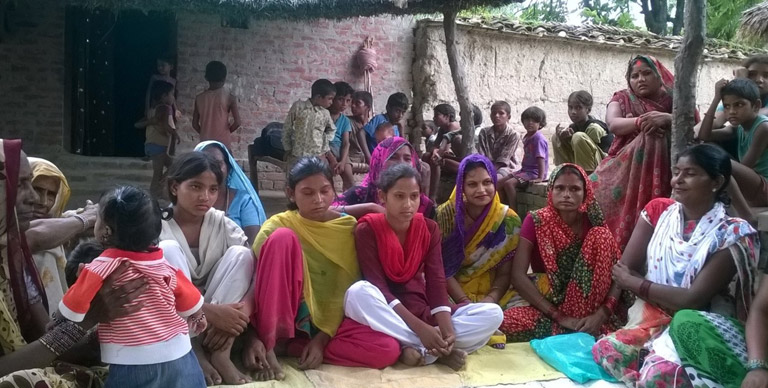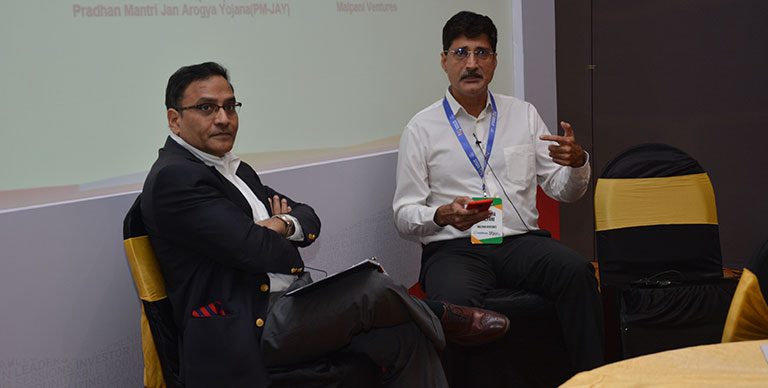Rural Inroads-what it takes!
“>
I have over 5 years of experience in the research and consulting space. Identifying and analysing consumer insights, developing rural markets and designing customer centric solutions are my key focus areas.
Rural markets seem interesting to the business world given the sheer size of the population that resides in villages of India. As of March 2015 183,439 thousand rural households incurred an aggregate annual expenditure of a whooping INR 14,788 billion across segments such as food, cosmetics, power, entertainment, healthcare, and education. So logically it makes sense for the corporates to tap into the large consumer base, multiply the sales and revenues and profits! Further improved infrastructure, increased aspirations of rural customers across income groups along with the impact of media strengthens the belief that there is a demand in rural areas. Demand for solutions that are not sub optimal or the ones that the people can make do with. There is a demand for products ranging from the luxury cars to the branded baby products. So why is it that most organizations are not successful in carving inroads for themselves in this attractive business segment?
Lack of deep insights related to customer requirements is one of the key reasons for this shortfall. Consumers in the same income brackets can have varying priorities even for a few basic products given the family composition and awareness levels. For instance, a customer may invest INR 630 a month in a non- grid connected area to provide himself with exactly 3 lights and 1 fan worthy in a remote village of Naurangabad in Uttar Pradesh. Whereas another customer in a similar income bracket may want to invest more money in agriculture irrigation and do away with getting energy supply at home. Assessing the value proposition of the solution in customer’s- need vs aspiration hierarchy plays a critical role.
Further various organizations often end up miscalculating the effort and resources required to enter the rural markets. They are often oblivious to the estimated time and resources required to seed the market, achieve break even and start making profits. Some of the leading brands selling daily products such as soaps and tea that have made a successful foray into the rural markets, have borne losses for up to 12-24 months before breaking even.
Despite having the demand some of the bigger corporates do not deepen their channels, given the prohibitively high cost for developing the distribution channels. For instance, running pilot in a new rural geography to increase awareness levels and distribute products through alternate mediums can result in an increase in variable costs by up to 10-30% when compared to the traditional channels. Often these FMCG companies may not have a formal channel to reach the sparsely populated villages, but the informal retailers procure stock from the nearest towns and make the products available based on demand.
However, despite the challenges it is critical for businesses to establish themselves in the rural markets to sustain their own growth plans. As the urban markets would stagnate, the corporates would have to channel their efforts towards mining the rural markets. As the income, awareness and aspirational levels of the rural consumers increase, it is imperative for the corporates to provide the solutions and choices to consumers and leverage the new rural demand wave to grow their businesses.
So the key question here is what an organization should do to tap into the existing and latent demand in rural markets. Rural strategy can vary based on the product type, stage of the product and organization, corporate vision and customer type. Some of the must haves to deepen the rural markets are:
Improving the distribution channel: Various options are available to the corporates including:
- Investing in their own sales force
- Partnering with the rural market experts such as the Project Dharma or Rural Relations
- Partnering with the village level entrepreneur channels of self-help groups, NGOs and Microfinance institutions
Leveraging existing and established channels can reduce the breakeven cycle significantly. However, most of these channels are ideal to seed the rural markets and then progress towards using the tradition distribution channels.
Some of the critical decision making points here include assessing the geography in which the partnerships are being made. The analysis should take into consideration the need, customers’ demography and organization’s strengths and weaknesses in a given geography.
Re-designing the solution to meet rural market’s needs: One of the key success factors especially in the low income consumer segment is the ‘value’ that the product provides. Re-design the packaging, change the SKU size and mix, bundle the product with complementary products. Do whatever it takes to ensure providing the value for the buck to the consumers.
Invest in behavior change: Usage patterns, buying behavior and awareness levels of customers is just as critical as the availability of a product in a given region. Investing in inculcating behavior on frequency of purchase, point of purchase, usage of the product and expected benefits change can go a long way in helping corporates develop a relationship with its customers, thereby strengthening the customer belief and loyalty. These investments can also help the corporates in understanding the consumer needs better.
So while the rural markets seem attractive, it is imperative that corporates invest to assess the rural markets to understand the critical customer needs and also work with relevant partners to optimize their investments.








